
The closer we are getting to the end of 2024, the high performing employee retention rates have become more than a priority for the CHROs and senior HR leaders like yourself. Changes in the economy, changing expectations at work, and the fierce market of talent would make losing those performers disastrous-costing organisations up to 200% of an employee's annual salary in lost productivity, rehiring, and training costs.
According to a Gallup report, in 2024, 62% of the current employees are looking forward to making a job change due to the disengagement; hence, it becomes indispensable to understand and act upon efficient retention strategies.
In this article, we shall look into the nature of employee retention and discuss evidence-based, actionable strategies that will help you improve retain the best talent. From recognition programs tailored to specific their needs and ensure employee satisfaction to strategic flexibility and career development plans, every strategy outlined here is meant to enhance retention, safeguard your investment in talent, and help build a healthy work-life balance with a successful culture.
Employee retention is the ability of the organisation to retain good employees in the long term. High retention can be associated with reduced turnover rates, team strength, and a culture that is based on loyalty and is productive. However, it is within today's marketplace where 78% of turnover is preventable. This demands a proactive approach toward developing an environment within which high performers are appreciated, engaged, and cared for.
The stakes are high:
Talent retention makes an organisation healthy and provides a basis for knowledgeable and loyal employees who would take your organisation forward.
Here are 10 proven strategies that can help in the retention of your high performers-
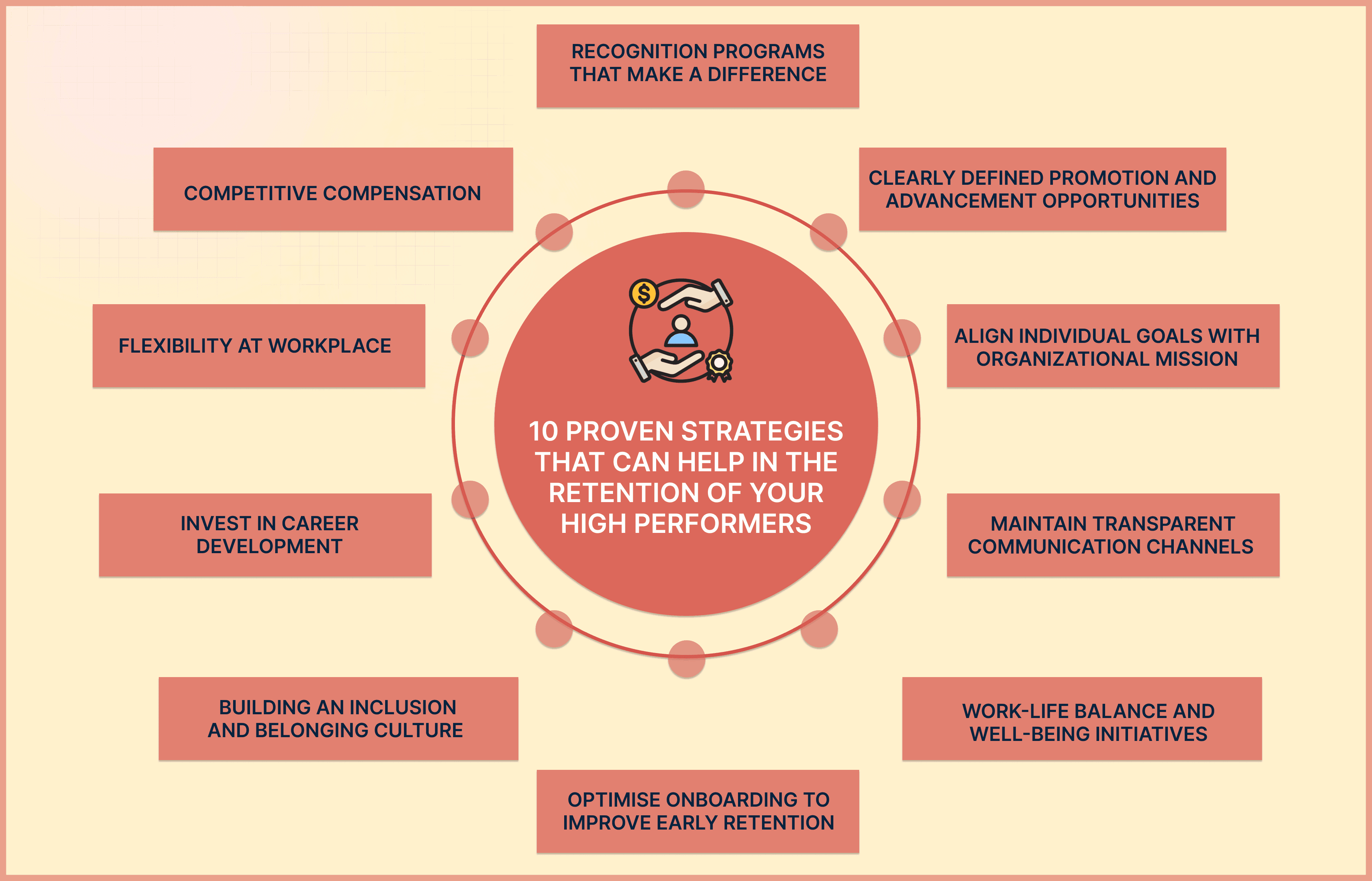
When 14% of employees are more productive with recognition (Deloitte, 2024), high performers have to be valued more than just compensation. Direct recognition impacts employee engagement, employee productivity, and retention of valuable employees as well.
Strategy: Design multi-layered recognition programs that focus on performance, quarterly achievements, and personal development milestones. The personal touch of peer recognition and on-the-spot awards will motivate employees to become the best they can and eventually improve business performance.
Provide market-leading compensation coupled with unique incentives. Competitive compensation with pay-for-performance bonuses is imperative to retain the best talent- 67% of employees focus on salary as a crucial motivator, according to the Bureau of Labor Statistics.
Strategy: Align rewards with individual and organisational goals for increased commitment. An annual salary benchmarking combined with performance-driven bonuses or ESOPs ensure your pay package is market standard or better.
Flexibility is not something employees of today's organisations negotiate anymore; 87 percent of employees prefer some version of working from home or in a hybrid capacity (McKinsey, 2024). Inflexibility is a poison when it comes to both satisfaction and commitment.
Strategy: Flexible work policies that allow for remote, hybrid, or flexible The closer we are getting to the end of 2024, holding onto those high performers has become more than a priority for the CHROs and senior HR leaders like yourself. Changes in the economy, changing expectations at work, and the fierce market of talent would make losing those performers disastrous-costing organizations up to 200% of an employee's annual salary in lost productivity, rehiring, and training costs.
Career development tops the retention factor, as 94% of employees are likely to stay if they feel that the employer is committed to helping them grow (LinkedIn, 2024). Continuing education, training for specific certifications, and career promotions keep employees interested and focused on their career in your organisation.
Strategy: A clearly defined career progression process is to be developed with the training and mentorship specifics for each role. Ideal for high achievers: leadership programs or certifications of their future career, where they can demonstrate intent and commitment to moving them along.
56% of employees say that having a positive impact is important part of the company culture is very important to them (Glassdoor, 2024). An inclusive and open culture where diversity and individual voices are valued fosters loyalty and commitment, especially from high performers.
Strategy: Implement an inclusive hiring process, create D&I initiatives, and foster psychological safety through constructive feedback channels. This atmosphere of belonging and respect is crucial for retention in increasingly diverse workplaces.
A good onboarding will increase retention by 23% and make the newcomer feel a sense of belonging and support from the first day. About 23% of newly recruited people will think of leaving after their first year if not correctly onboarded (SHRM).
Strategy: Build up a multi-stage onboarding process that includes at least the first 90 days, job-specific training, mentorship, and constant feedback sessions to settle and ease the new joiner's integration.
79% of the employees who report experiencing burnout are more likely to consider leaving their jobs. Work-life balance and well-being is the way to retain talent.
Strategy: Promote work-life balance through reasonable workloads, mental health days, and wellness programs. A healthy and balanced team performs better and stays longer, which is a direct retention effect.
A transparent communication culture is very important, as those employees who feel heard are 4.6 times more likely to perform well (Qualtrics). Open communication builds trust and makes employees feel valued.
Strategy: Establish regular one-on-ones, employee surveys, and open Q&A sessions with leadership. This transparency builds trust, loyalty, and a stronger connection to the organization.
High performers want to feel meaningful and connected to the greater purpose. Purpose is when the personal goals of the employees align with organizational values and business goals.
Strategy: Constantly communicate how a worker's work impacts the organization's objectives. This ties in with performance reviews and team meetings. People's commitment and retention rise when the work feels purposeful.
Career development is a leading cause of turnover, as 39% of the employees out-of-pocket are due to an unstated career development potential, Mercer (2024) illustrates. An overt career advancement and promotion opportunity elicits high-performance behaviour and reduces turnover among committed employees.
Strategy: Identify and clearly communicate how success in one role leads up to future promotion. Clearly outlining paths of advancement encourages staff members to stay for longer time periods with the employer organisation.
CompUp is more than just a robust compensation management tool. It's a strategic partner dedicated to employee retention through innovative features that enhance employee well-being and satisfaction.
Here's how CompUp stands out as a solution that can drive retention and support employee wellness:
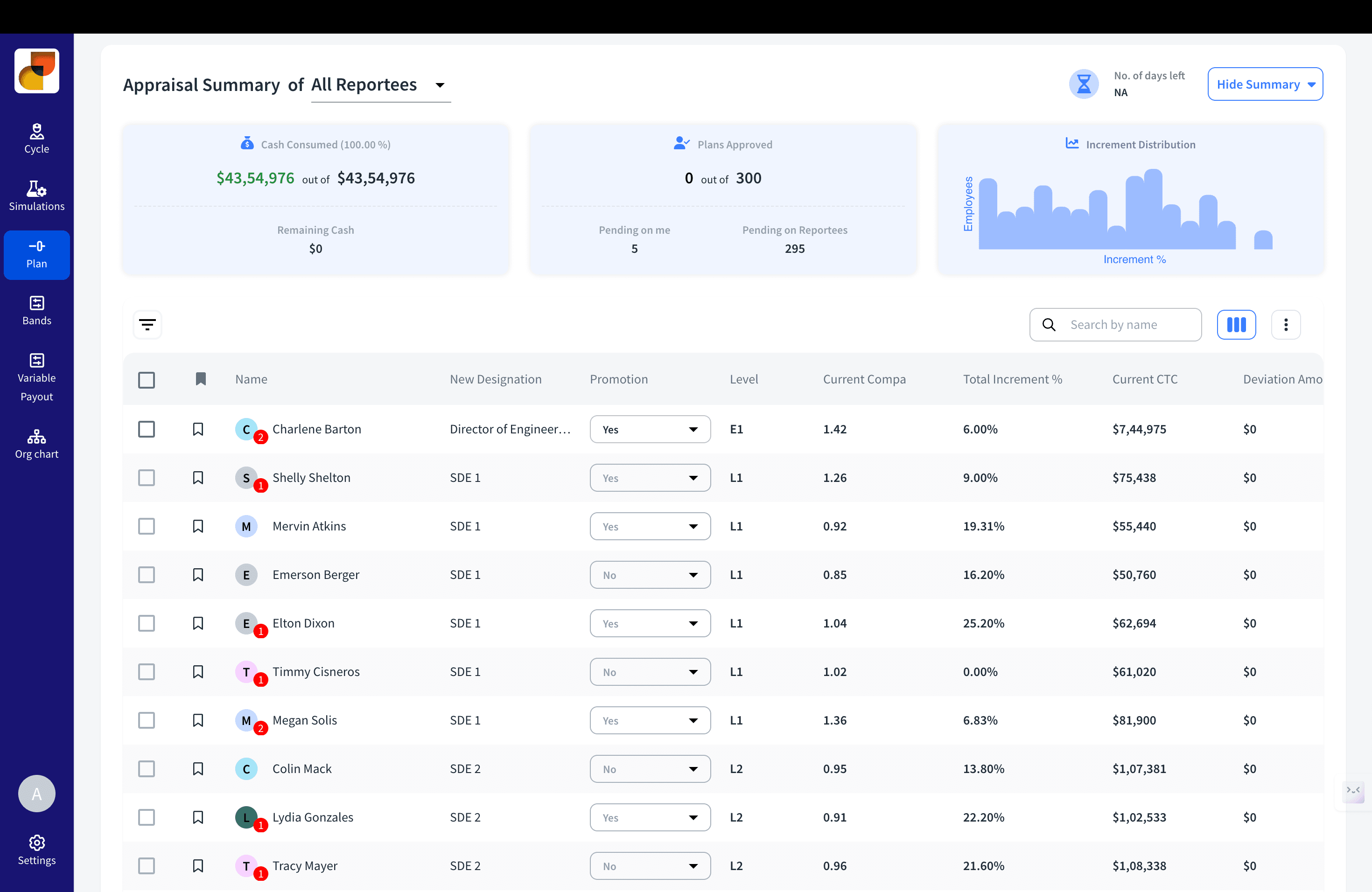
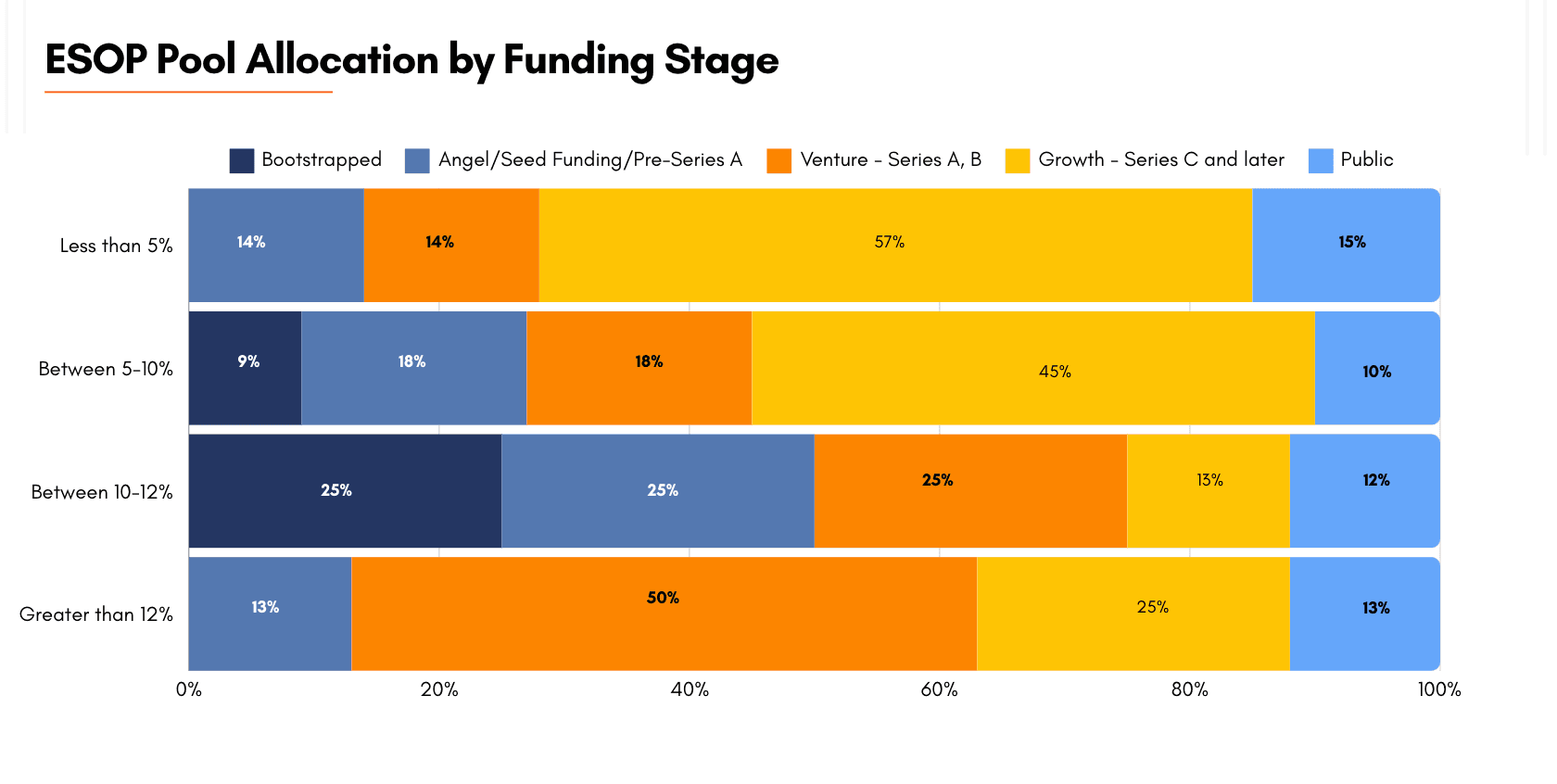
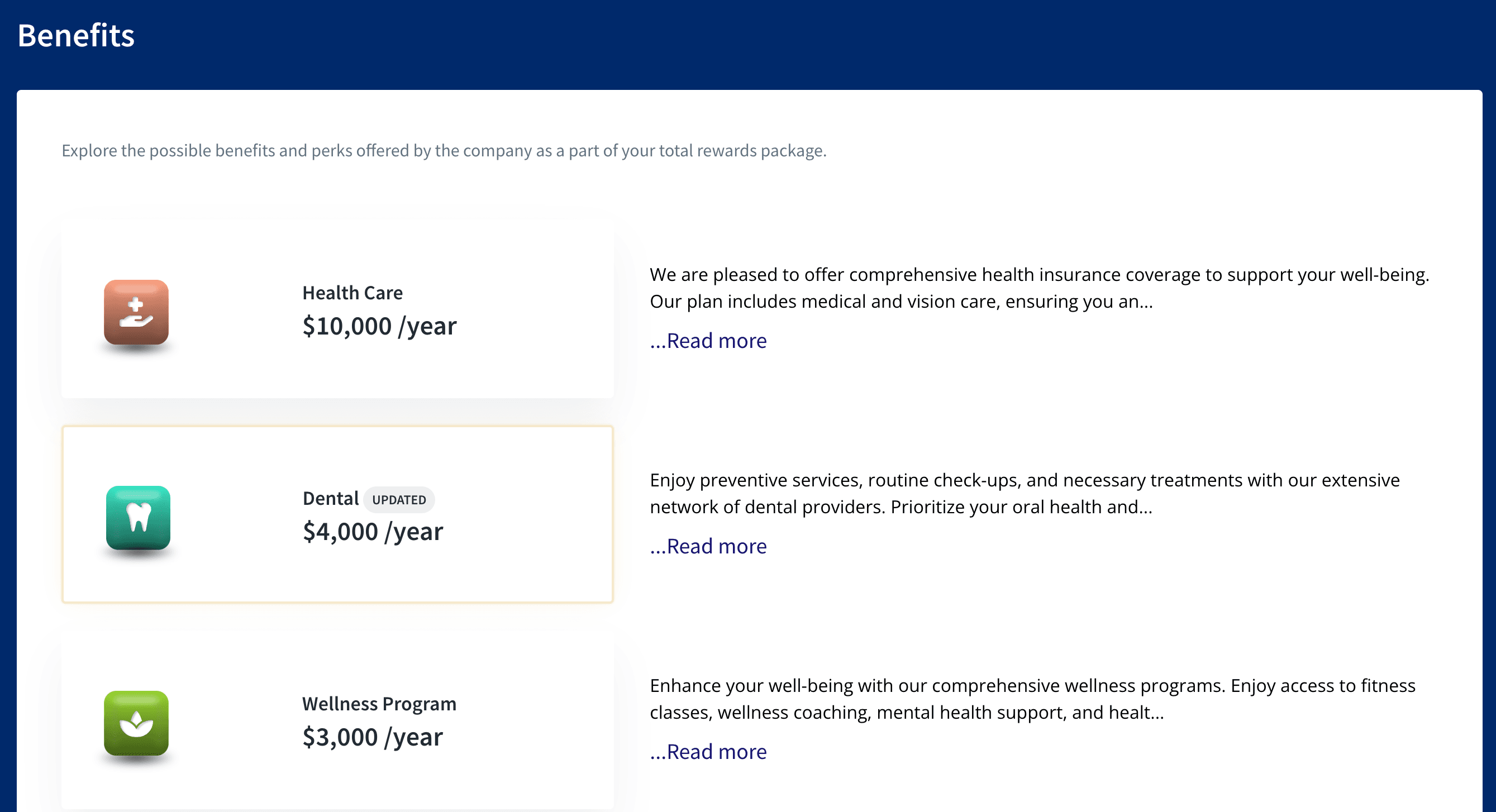
Total Reward Statements: CompUp offers a provision to get a view of total reward statements so that an employee will understand the entire value of his or her pay, including the current and past benefits and growth. This helps the organizations to communicate complete value to the employees for their compensation package, which will lead them to get a high sense of appreciation and loyalty from the employees.
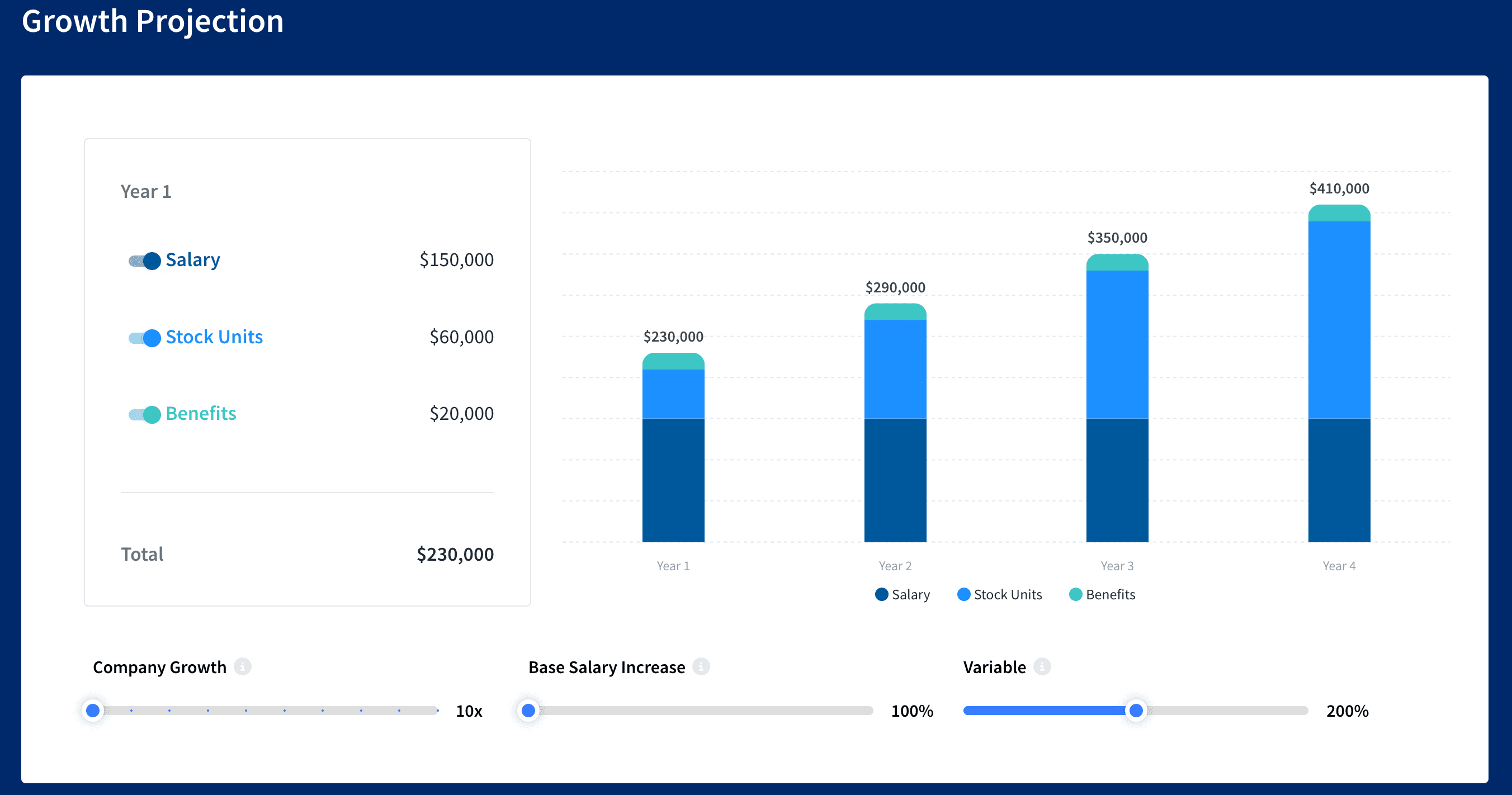
Employee retention actually starts with focusing on your employees' welfare. On this score, CompUp offers a package of tools that are built on top of industry leading insights and backed by the Compensation Insider Community to ensure you don't fall behind in the practice of employee wellness and compensation trends. Constantly refreshed against changing benchmarks and best practices, CompUp will help you craft competitive, equitable, and motivating compensation programs.
Take the next step in employee retention—click here to learn more about how CompUp can help you optimize your employee wellness and retention strategy for 2024 and beyond!
Community Manager (Marketing)
As a Community Manager, I’m passionate about fostering collaboration and knowledge sharing among professionals in compensation management and total rewards. I develop engaging content that simplifies complex topics, empowering others to excel and aim to drive collective growth through insight and connection.
Revolutionizing Pay Strategies: Don't Miss Our Latest Blogs on Compensation Benchmarking